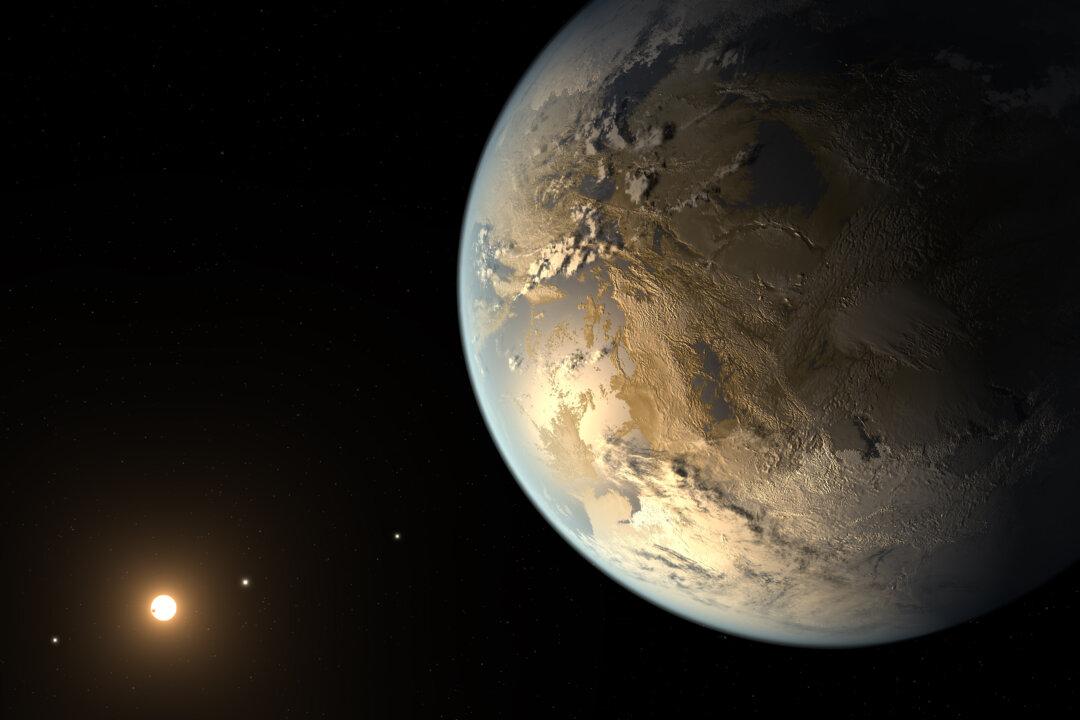Are there aliens living among us? Unfortunately, we’re not giving you an answer to this one. But are there aliens at all? Here the answer’s getting increasingly clear.
Scientists have been trying to give at least theoretical answers for over half a century. In 1961, American astronomer and astrophysicist Frank Drake created an equation attempting to estimate how likely it is for aliens to live in the Milky Way galaxy and be able to communicate with us.
He came up with a broad range from 20 million to 50 million alien civilizations.
Yet using his equation to come up with a specific number has been criticized, since the equation includes parameters such as how long can a developed civilization last—something scientists can only guess.
In 1964, Stephen Dole, at the time head of the human engineering group at the Rand Corporation, summarized a less ambitious question: How many planets are there in the Milky Way that can support life?
He also put together an equation and came up with some 35 million.
Then in 2008, Claudio Maccone, astronomer and mathematician with the Search for Extra Terrestrial Life Institute, fit another piece into the puzzle.





